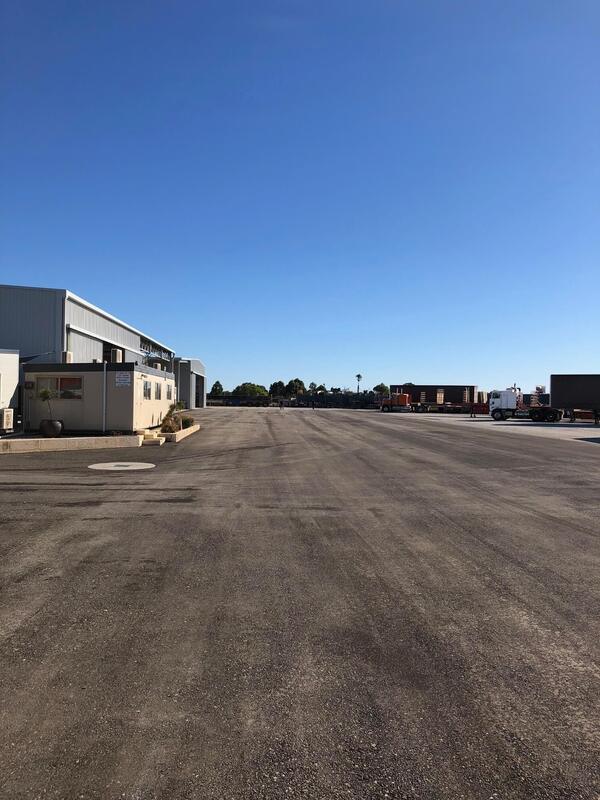Introduction
Asphalt roads are designed for durability, but over time, they naturally experience wear and tear due to traffic, weather conditions, and environmental factors. Identifying early signs of deterioration is crucial for maintaining road safety and preventing costly repairs. Delayed maintenance can lead to more severe damage, making roads unsafe for vehicles and pedestrians.
At Lara Road Tech, we specialise in asphalt and bitumen surfacing solutions in Lara, VIC. By recognising the early warning signs of road damage, councils, businesses, and property owners can take proactive measures to extend the lifespan of their asphalt surfaces.
Common Signs of Wear and Tear on Asphalt Roads
1. Cracking
Cracks are one of the first visible indicators of asphalt deterioration. They can develop for various reasons, including temperature fluctuations, heavy loads, and water infiltration. Common types of cracks include:
- Alligator cracks – Resembling reptile skin, these indicate structural failure due to a weakened base.
- Longitudinal cracks – Running parallel to the road, often caused by poor joint construction or stress from traffic.
- Transverse cracks – Perpendicular to the road, typically due to temperature shifts causing expansion and contraction.
What to do: Small cracks should be sealed early to prevent water infiltration, which can lead to larger structural problems. Regular inspections can help detect and address these issues before they worsen.
2. Potholes
Potholes form when cracks allow water to seep into the base layers of the road, weakening the foundation. When traffic pressure is applied, the surface collapses, creating a hole that can be hazardous to vehicles. Potholes worsen over time, especially in areas with frequent rainfall.
What to do: Potholes should be repaired as soon as possible using asphalt patching techniques. Routine maintenance can prevent them from forming by addressing minor cracks before they develop into larger problems.
3. Raveling and Surface Wear
Raveling occurs when asphalt begins to break down, causing loose gravel and aggregate to appear on the road surface. This issue reduces skid resistance and makes the road more susceptible to further damage. Common causes include oxidation from prolonged sun exposure, ageing asphalt, and insufficient compaction during installation.
What to do: Applying a fresh seal coat can help restore the asphalt’s protective layer and prevent further surface wear. If left untreated, resurfacing may be required to restore road integrity.
4. Drainage Issues
Water pooling on the road surface is a sign of poor drainage, which can accelerate deterioration. Standing water weakens the asphalt, leading to cracks, potholes, and premature ageing. This issue is often caused by uneven road surfaces or clogged drainage systems.
What to do: Ensuring proper road grading and drainage maintenance is essential to prevent water-related damage. If drainage problems persist, resurfacing or regrading may be required.
5. Fading and Oxidation
Over time, asphalt roads lose their deep black colour and turn grey due to oxidation from sun exposure. While this may seem like a cosmetic issue, it actually signals the breakdown of the asphalt’s binding agents, making the surface more brittle and prone to cracking.
What to do: Regular seal coating can slow down oxidation and protect the asphalt from UV damage. Keeping up with maintenance will help retain the road’s structural strength and appearance.
Conclusion
Recognising early signs of wear and tear on asphalt roads is essential for maintaining safety and longevity. Cracks, potholes, raveling, drainage issues, and fading are all indicators that maintenance is needed. Addressing these issues early can save time and money while ensuring a smooth and durable road surface.
If you’re in Lara, VIC, and need professional asphalt maintenance or resurfacing, Lara Road Tech is here to help. Contact us today to learn how we can extend the life of your roads with expert solutions.
Call us on: 03 4159 2883
Click here to find out more about Lara Road Tech
Click here to complete our contact form and see how we can help with your road needs.

